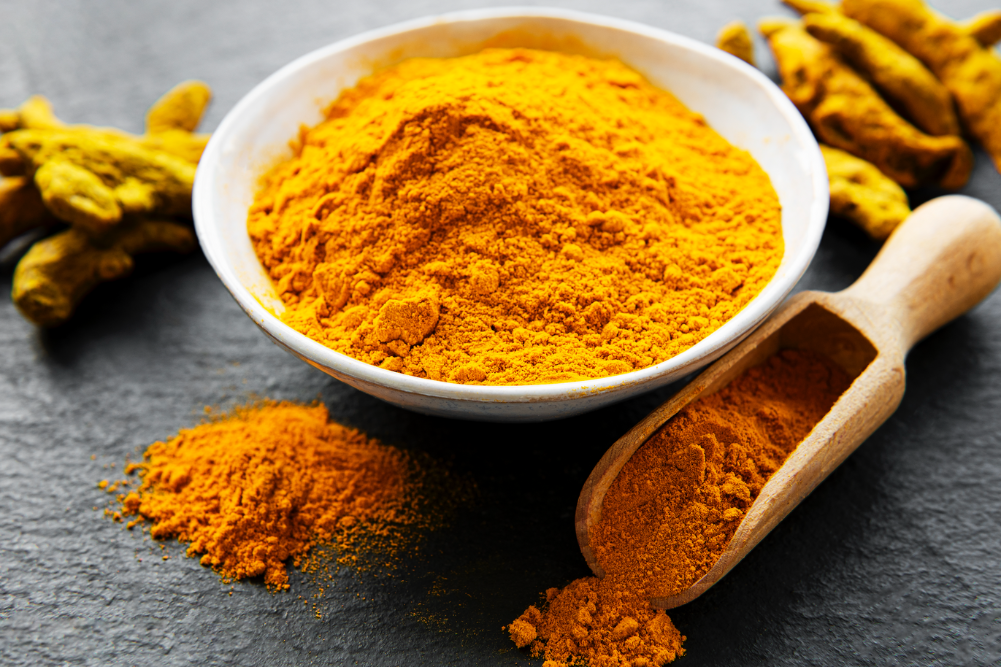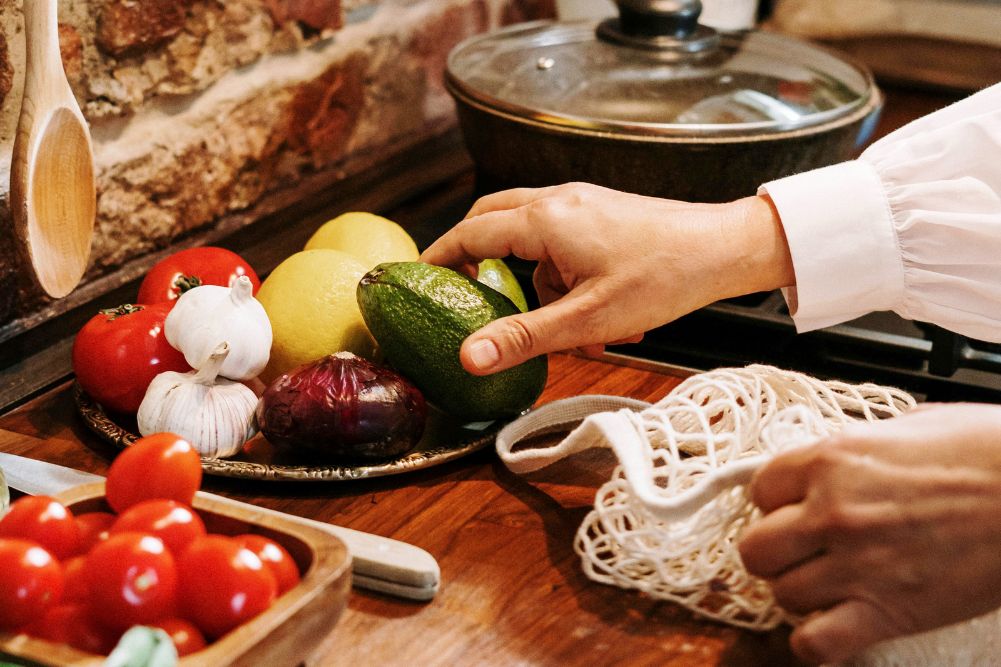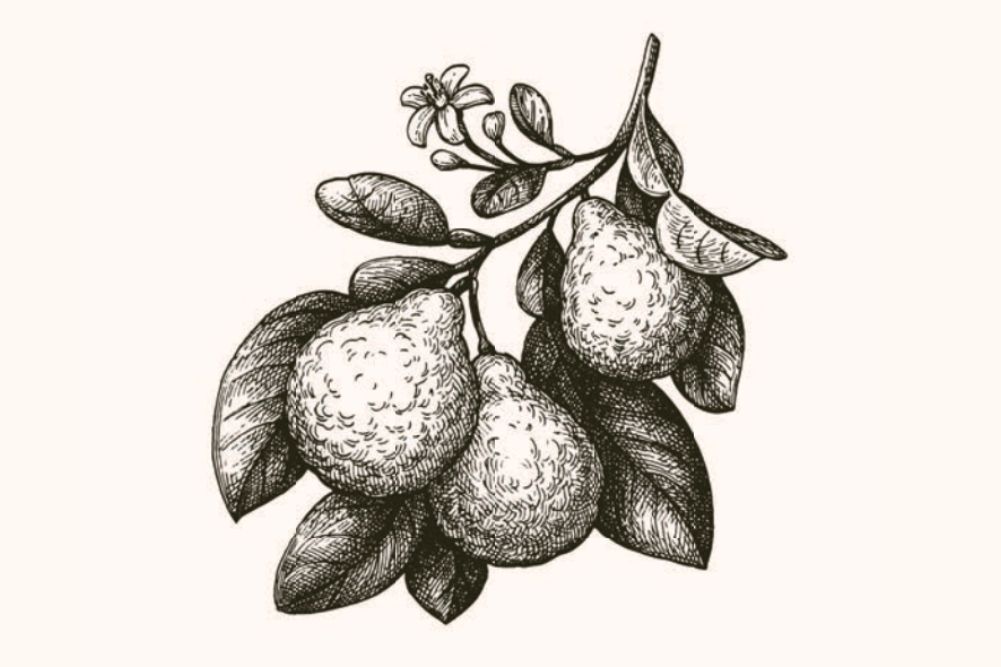The art of slow cooking
Flavourful sauces, meltingly tender meats and very little effort. Slow cooking is an essential for every busy cook, but there is an art form to getting it right.
There is something so deliciously comforting about a slow-cooked meal. Watching it bubbling away throughout the day and trying to resist the temptation to open the lid as the aroma of an honest-to-goodness meal fills the kitchen. Whether you’re in the mood for a sumptuous slow-cooked pulled pork, a comforting curry or even poached fruit, the opportunities are endless.
Slow cooking was big in the ’70s, but it’s enjoying something of a revival due to how easy it makes whipping up healthy and delicious (thanks to the long, slow simmer) meals. Nothing could be better suited to our often chaotic lives than the convenience of slow cooking; prepare the meal in the morning, cook it throughout the day and save valuable time in the evening.
Since slow-cooked meals rarely use oils in the cooking process, they also tend to be much healthier than other cooking alternatives such as pan-frying and oven-roasting. Cooking at low heat also locks in vital vitamins and minerals which can sometimes be lost in other cooking processes.
While it’s a pretty straightforward process — toss your ingredients in on the way out the door and let the hours do the rest — there are some common pitfalls. Master the art of slow cooking with these tips and tricks for perfect meals every time.
Brown the meat first
Resist the temptation to quickly throw all the ingredients into the slow cooker at the same time. When it comes to slow cooking, a little patience definitely goes a long way. If you’re not in a rush, take an extra few minutes to brown the meat first.
Slow cookers generally struggle to retain moisture, which is why the meat doesn’t brown unless the slow cooker bowl has a sear function. To achieve a bolder flavour and beautiful caramelisation, sear the meat first with a little olive oil in a saucepan, or alternatively brown it quickly in the oven at high heat.
If you’ve got plenty of time, onions, garlic and spices can also be sautéed prior to placing them in the slow cooker for deeper flavour development, but this isn’t essential.
If you’re in a rush, make sure to take the meat out of the fridge earlier in the morning. Meat at room temperature is much more flexible and more likely to caramelise when slow cooking.
Choose the right cut
Cheaper, sinewy and tougher cuts of meat like brisket, chuck roasts, oxtail shoulder and thighs are your best friend when it comes to slow cooking. Meats that are higher in fat tend to break down beautifully during slow cooking, which keeps the meal nice and juicy and tender.
It’s best to avoid leaner meats like chicken breast, pork fillet and fillet steak since these cuts tend to dry out quickly in the slow cooker and result in a very tough dish.
Take it slow
Feeling confused whether to cook the dish on the high or low setting? Most recipes will take approximately twice as long to cook on the low setting in comparison to the high setting, but this will vary among cookers. In most cases, the general rule of thumb is — slow is best.
The joy of slow cooking is to cook the dish slowly, letting the flavours develop gently over time. Slow cooking will almost always result in a tender and bolder dish at the end. However, if you are pressed for time, cooking on high will still result in a delicious dish in most cases.
Can you overcook a dish in a slow cooker? Luckily slow-cooked dishes are very forgiving, so it’s hard to overcook them at such a low heat.
Add dairy at the very end
To avoid the dish splitting, it’s best to add any dairy like milk, cream and yoghurt in the last 15 to 20 minutes of cooking. This is also the best approach for plant-based milks such as coconut milk.
Avoid soggy vegetables and layer
Similar to an oven, slow cookers are ideal for layering foods so they cook evenly. Ingredients that are placed at the bottom of the slow cooker tend to cook faster. The bottom layer is ideal for foods like root and hard-shelled vegetables (think carrots, potatoes etc), which need some extra cooking time.
Delicate vegetables like zucchinis, spinach, kale and fresh tomatoes will break down completely if slow-cooked for a long period of time. Like their fussy dairy counterparts, they are best added in the last 15 to 30 minutes of the cooking process and cut into large chunks.
Meat and other proteins are usually placed on the top, followed by the liquid and fast-cooking vegetables.
Convert your favourite oven recipes
Do you have a favourite recipe you use in the oven? Many oven recipes can be converted to slow cooking. You just need to change the cooking time and liquid quantity. In most cases, the liquid for slow cooker recipes should be decreased by half to one cup since the liquid does not reduce.
Keep a lid on it!
Resist the temptation to take a peek and lift the lid during the cooking process. Every time you open the lid, precious heat escapes. You can generally add an additional 15 to 20 minutes every time you take a look. Stirring also slows down the cooking process so be wary of this as well. Unless you want to eat the dish the next day, try to resist the urge.
Fresh versus dried herbs
Dried herbs are a great alternative to fresh herbs in slow cooking. Fresh herbs are best added as a garnish or towards the end of the cooking time, to avoid wilted or brown herbs. A pop of colour and freshness is a great addition to finish a dish — like a sprinkling of parsley, a squeeze of fresh lime or lemon juice or a pop of pomegranate.
Meal prep like a pro
Although slow cookers require very little preparation, if you’re particularly time-poor in the morning, it’s often best to prep the meal the night before and put the ingredients in the fridge overnight. Slow cookers are perfect for cooking in bulk, so work out how many batches you can make in one go and store them in the freezer.
Don’t overfill it
Ideally, slow cookers should only be filled between half and three-quarters at the most, to ensure even cooking. Choose the right size slow cooker for your needs. If you overfill the slow cooker, the liquid may leak out of the top and result in uneven cooking.
When it comes to liquid, less is more. Slow cooking has minimal liquid evaporation so only just cover everything in the pot.
Say no to frozen foods
Slow cookers should never be used with frozen foods. Frozen foods increase the time taken for the slow cooker to reach a safe temperature and increase the chance of food-borne illnesses, so ingredients should always be thawed before adding.
Thicken your sauce
Since slow cooking does not evaporate or thicken the liquid in a dish, it’s a good idea to think about coating your protein of choice with flour before browning. If the sauce is still too thin after slow cooking for hours, transfer some of the liquid to a saucepan and reduce it with the lid off, then use it to finish the dish.
Trim the fat first
To avoid a really greasy-looking dish, trim the fat and skin off the meat. A slow cooker doesn’t render the fat off the meat like other cooking methods do, so trimming the fat off is a lot healthier option. Alternatively, you can skim the pools of fat off the top of your food at the end of cooking.
Smart cleaning and storage
Choose a slow cooker that has a removeable dish to make clean-up a breeze. Make sure to transfer the finished dish to another container before storing, as the ceramic liner is designed to keep the food hot not cold so is likely to retain too much heat.
Rethink pasta and rice
To avoid the dish becoming a sticky mess, it’s best to cook pasta separately and add it at the end of cooking. Instant rice can be added in the last 30 minutes of cooking.
Don’t skip preheating
A common mistake is not preheating the slow cooker prior to cooking. Like an oven, slow cookers need to be preheated. While you’re busy preparing the ingredients, turn the slow cooker on and switch it to the low or high setting. By the time the ingredients are ready, the slow cooker will be nice and warm.
Limit the booze
Go easy on the wine when slow cooking. When cooking on a stovetop, the alcohol and liquid in the wine evaporates and the taste becomes quite mild, whereas in the slow cooker nothing really evaporates which results in a stronger flavour. So don’t be heavy-handed with the wine and use a good-quality one since you will taste it.
Happy slow cooking!








